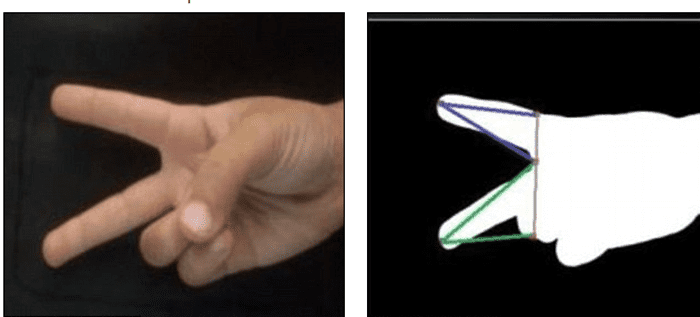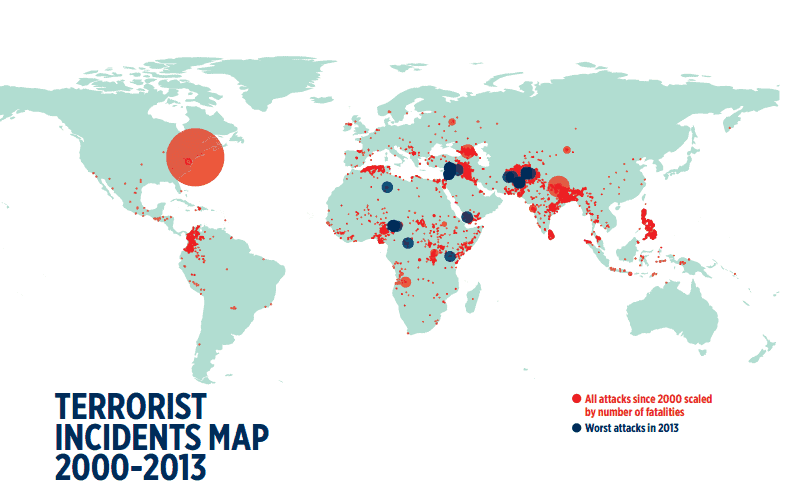Familiar terrorist footage includes masked murders proudly posing with two ‘V’ shaped fingers over the corpse of their victims. Many times, this is the only thing investigators have at their disposal to identify the terrorist.

Researchers at Mu’tah University in Jordan claim they can now identify people with no other information available other than the ‘victory’ sign.
It’s already established that the each person’s hands are unique, so a person can be identified based on the shape, structure and gestures. For this to work though, investigators need to study the hands in great detail. Terrorist footage, however, is often of very poor resolution and no terrorist seems to want to lay their hands bare in front of the camera. Most, however, gladly show off a self-gratifying V sign.
Ahmad Hassanat and colleagues showed how it all works. First, 50 men and women were asked to pose with their fingers in the V-shape while they were photographed with a typical eight-megapixel phone camera. A database of 500 images was created.
Two thirds of these images were fed in a machine learning algorithm which was pre-programmed to look for certain cues. These include the end points of the two fingers, the lowest point in the valley in between them, and two points in the palm of the hand. These points can then be used to make triangles which can be used in identification analysis. In total 16 different features were used for the identification.
The other third of the images were used by the researchers in a blind test to see how reliably the machine could use only those V sign photos to identify a person. Hassanat says it was right 90 percent of the time. “There is a great potential for this approach to be used for the purpose of identifying terrorists, if the victory sign were the only identifying evidence,” he adds. Of course, you still need to know who the hands belongs to.
There are several limitations to this study. For one, the small sample size doesn’t make it very credible. This method needs to be tested with scrutiny if the police or secret services can use it reliably. Also, tests that might assess the degree of false positives or negatives haven’t been made it. As a proof of concept, it doesn’t sound bad at all though.
Reference: arxiv.org/abs/1602.08325 : Victory Sign Biometric for Terrorists Identification






